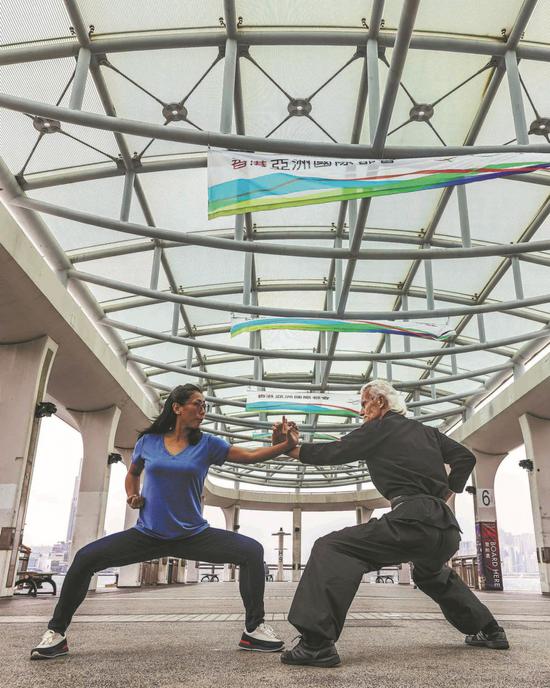
Gam Bok-Yin practices Hung Gar with his wife, who was also his student, in Hong Kong. (SUI PIU/FOR CHINA DAILY)
Eastern exposure
One day, Gam accompanied his neighbor to Sydney's Chinatown and was astonished to witness many people practicing the very same training techniques he had learned.
His neighbor told Gam that the practice was called Hung Gar, a traditional Chinese martial art from South China with hundreds of years of history.
"Hung Gar is my destiny. I never chose Hung Gar — Hung Gar chose me," Gam said.
He continued studying under his neighbor, until his mentor passed away after 10 years of tutelage.
The neighbor never asked for money, and before he died he told Gam to, "Please carry on the practice and pass it on to others."
In the 1970s, Gam pursued a career as a Chinese medicine practitioner in Australia. However, at the time it was not widely recognized among Westerners. He became a computer engineer and relocated to England where he established his own successful IT company.
He later sold the business for a tidy profit and decided to start a new phase in his life.
Gam moved to Hong Kong to study Hung Gar and became a master's apprentice. However, during a training session the master criticized his tiger claw technique and urged Gam to study the actual movements of the big cat.
After three years he had mastered the technique, but more importantly, he realized that various kung fu styles, such as Northern Praying Mantis, Fujian White Crane, and Fanged Snake, were based on emulating animal movements. These martial arts not only taught practitioners the physical techniques of animals to harness aggression, but also sought to imbue them with the animal's spirit.
As Gam's skills improved, an increasing number of people, primarily Chinese, approached him to learn Hung Gar. He established the Hung Kuen Academy Hong Kong in 1996 and over the decades he has taught hundreds of students, including children and adults, Chinese and foreigners.
However, most people quit soon after starting. They usually complain that practicing martial arts is painful or boring, Gam said.
Traditional martial arts not only provide practitioners with skills and develop qualities such as patience, resilience, and courage, but they can also open a gateway to understanding and inheriting the wisdom of ancestors, Gam said.
Hung Gar is famous for its 12 bridges technique, which involve hardness, softness, forcing, straightness, division, steadiness, inching, lifting, flowing, sending, controlling, and arranging. Gam believes these bridges are not only techniques, but also symbolize distinct personality types.
Learning martial arts empowers people to transition between these different personalities and use the appropriate one when required. Discerning when to be soft and when to be hard, and to adapt accordingly, is a philosophical approach of Chinese kung fu to navigating one's life, Gam said.
Martial arts allow people to inherit past wisdom, cultivate virtue, and discover their roots, Gam said. Even though he is a foreigner, he has vowed to pass on his knowledge of Hong Gar.













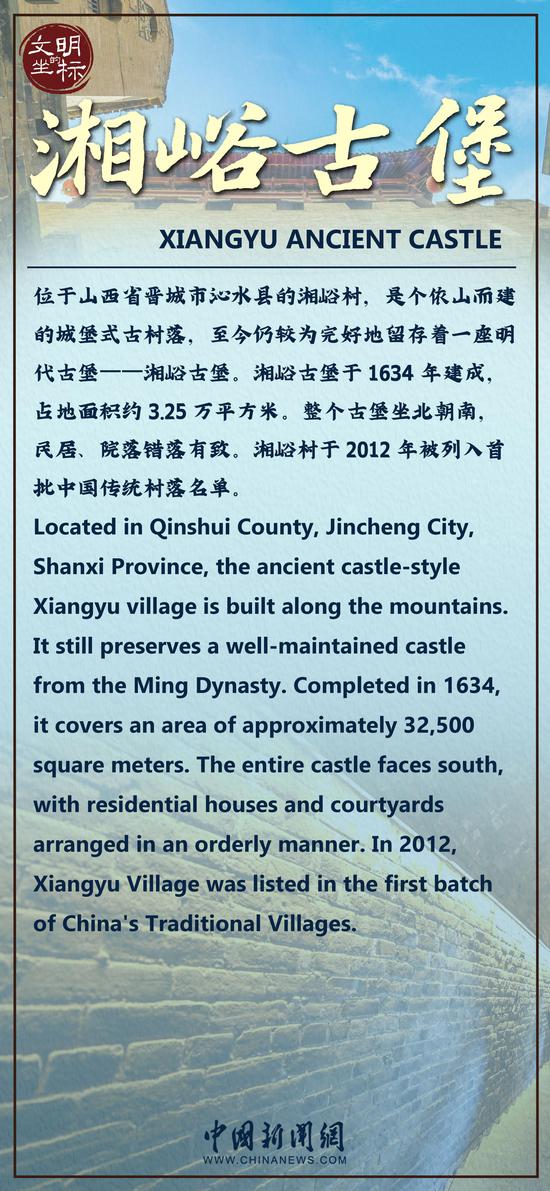


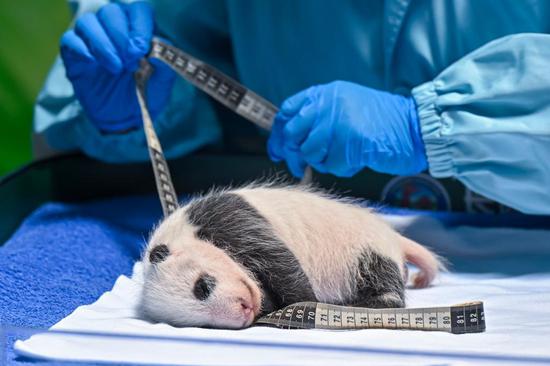





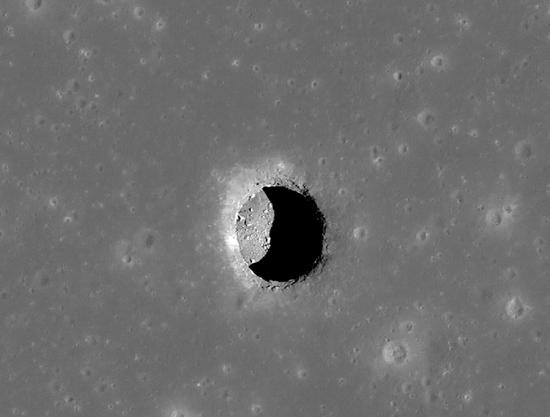

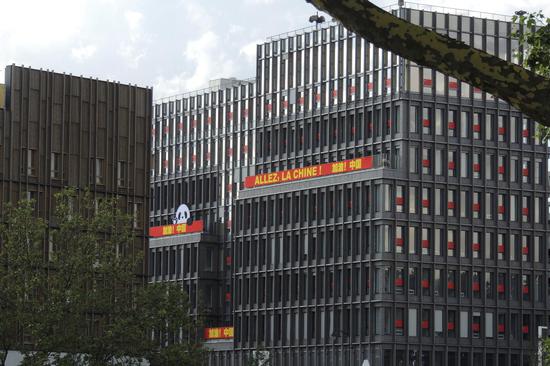








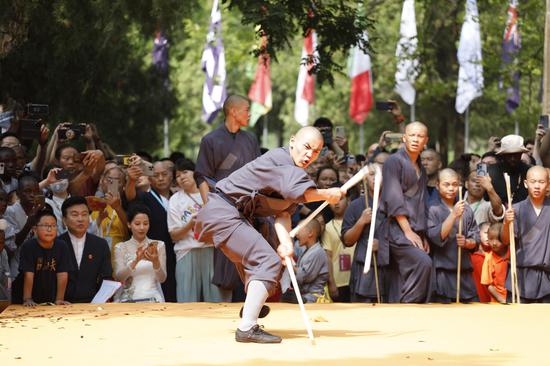


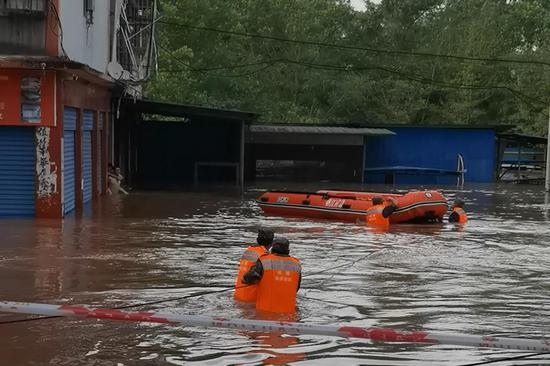
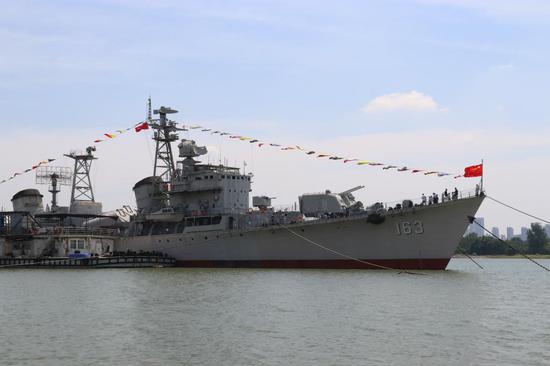
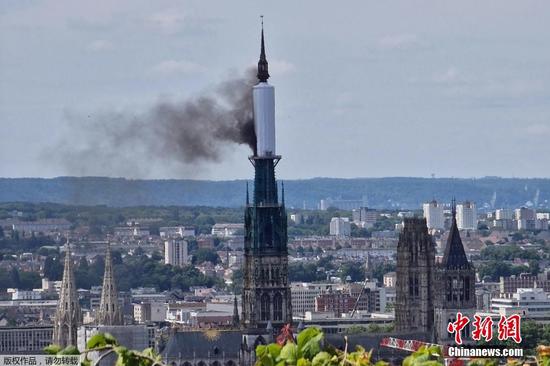





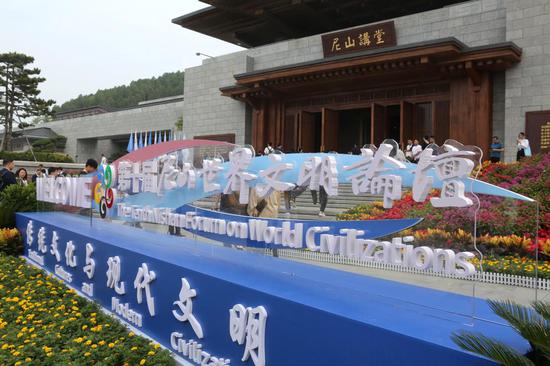





 京公网安备 11010202009201号
京公网安备 11010202009201号